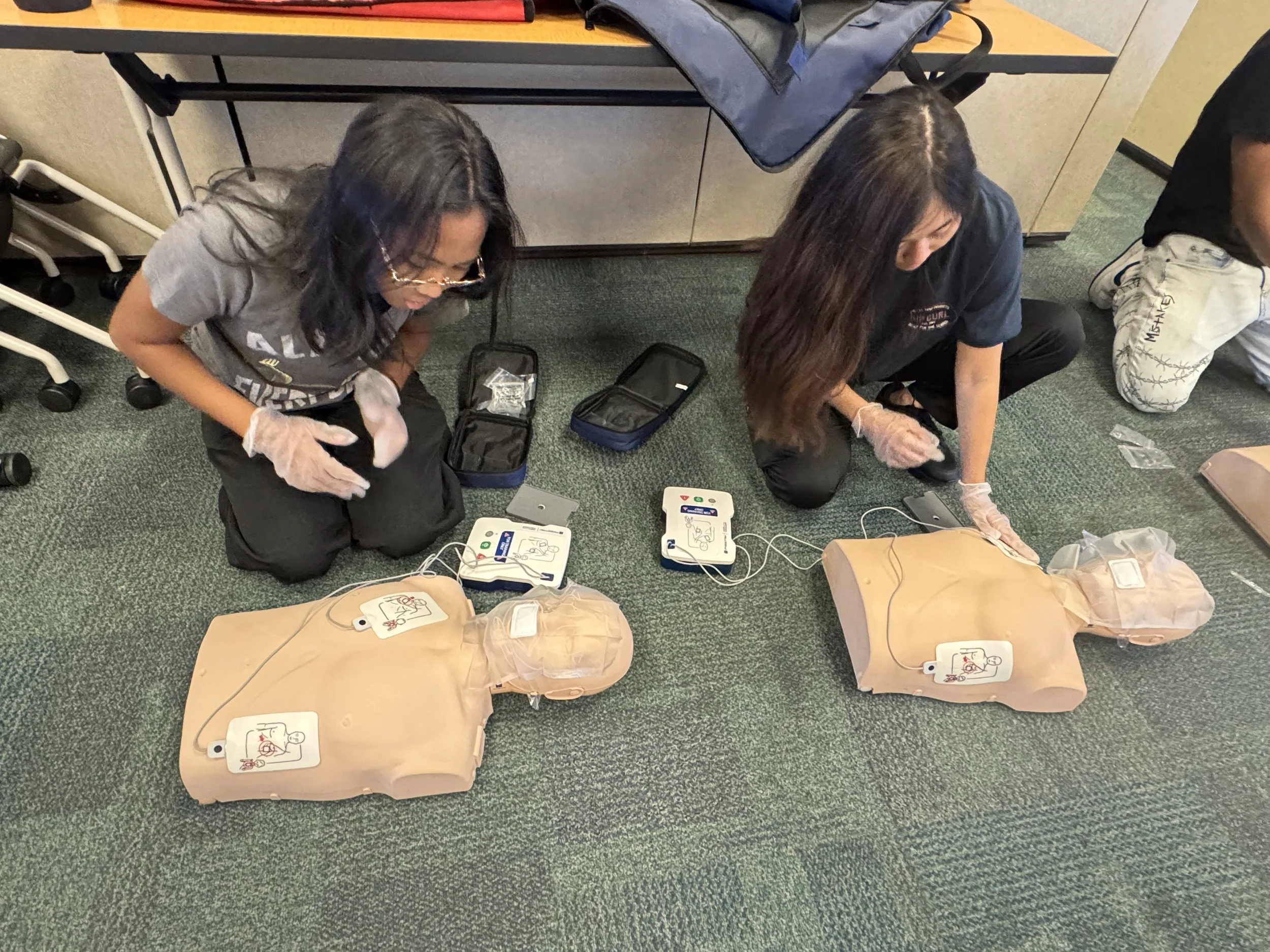Hawaiʻi’s Young Workers Are Turning to the Trades
Across Hawaiʻi, more young adults are turning toward skilled trades and short-term training—not away from opportunity, but toward stability, higher wages, and careers that keep them rooted at home. As highlighted in Hawai‘i Business Magazine’s (HBM) recent feature on Gen Z entering technical and trade fields, these “young pragmatists” are building strong futures with less debt and far more upward mobility than many four-year pathways currently offer. The article authored by HBM’s Associate Editor Cynthia Wessendorf, also references the work of Hawaiʻi Workforce Funders Collaborative (HWFC) and several of our partners who are helping shape these pathways statewide, underscoring the collective effort behind Hawaiʻi’s workforce transformation.
This shift aligns directly with the mission of the Hawaiʻi Workforce Funders Collaborative: to expand equitable, culturally grounded pathways into quality jobs across sectors like construction, clean energy, healthcare, and transportation.
Our research consistently points to the same reality: skilled trades and technical pathways remain among Hawaiʻi’s most reliable routes to economic stability. With only about 32% of projected job openings expected to pay a living wage—and nearly 168,000 young people entering the workforce by 2030—the need for strong, accessible pathways into livable-wage careers has never been more urgent. As the data shows, construction, clean energy, healthcare, transportation, and other trades-based sectors offer some of the highest concentrations of living-wage jobs, providing a critical bridge for residents seeking financial security without the burden of long, costly degree programs.
Local research further reinforces this momentum. UHERO’s evaluations of short-term workforce training show wage gains of 12–16% within months, particularly in healthcare, clean energy, and technical fields. Community colleges continue to expand short-term credentials and applied degrees that connect students—especially those not pursuing a four-year pathway—to high-demand, high-wage occupations. Pre-apprenticeships and employer-led programs from partners such as BIA Hawaiʻi, the Hawaiian Trades Academy, and others create additional on-ramps that are culturally grounded, accessible, and community-responsive.
As Hawaiʻi prepares for major infrastructure, housing, and clean-energy projects in the coming decade, the skilled trades are not optional—they are foundational. And they offer what young people are asking for: purposeful work, strong pay, upward mobility, and the opportunity to stay in Hawaiʻi.
To dive deeper into the career-readiness and trades-focused programs shaping Hawaiʻi’s workforce—and to see how these initiatives expand access to culturally grounded training—take a look at our workforce webinars offered by our partners BIA Hawaiʻi and the Hawaiian Council (CNHA). Together, we are helping ensure that every resident has a pathway to a good job and a good life here at home.
(Photos below courtesy of BIA-Hawai’i’s PACT Training Program & Hawaiian Council’s Hawaiian Trades Academy)







